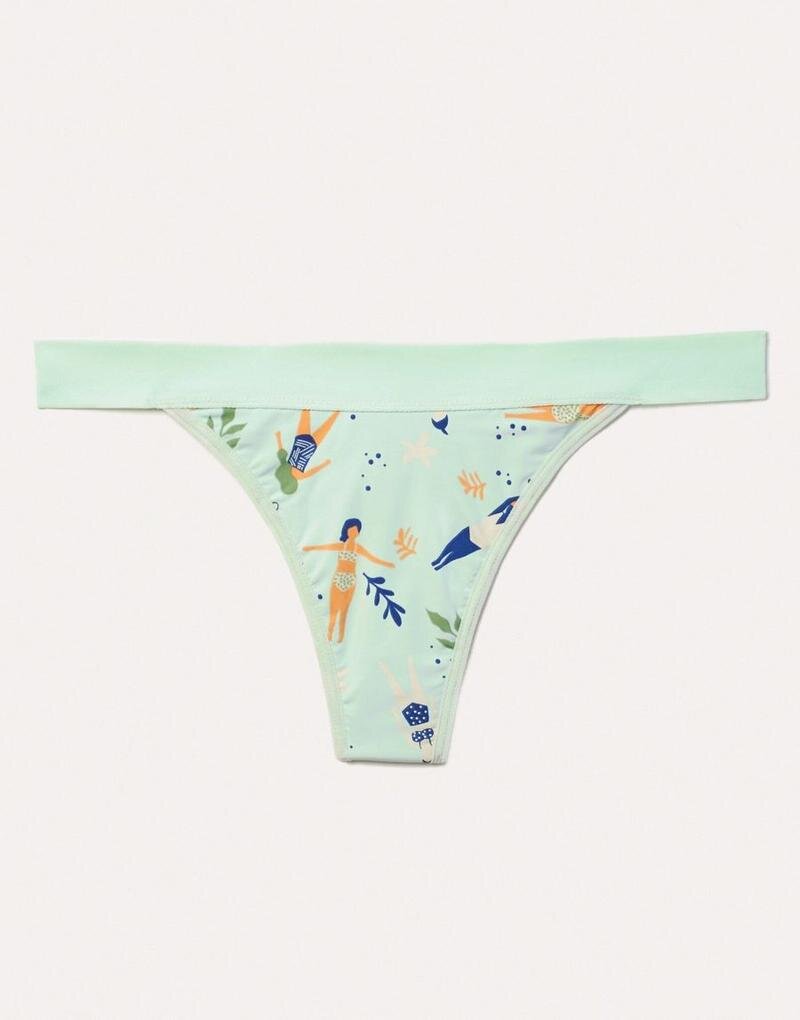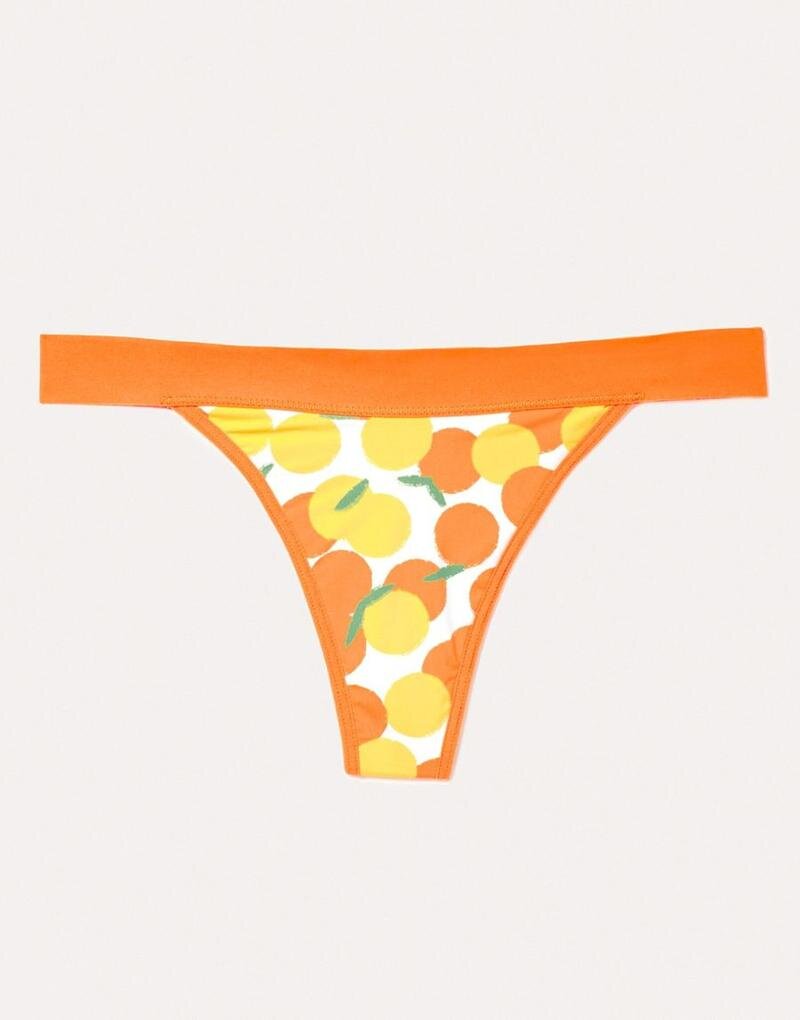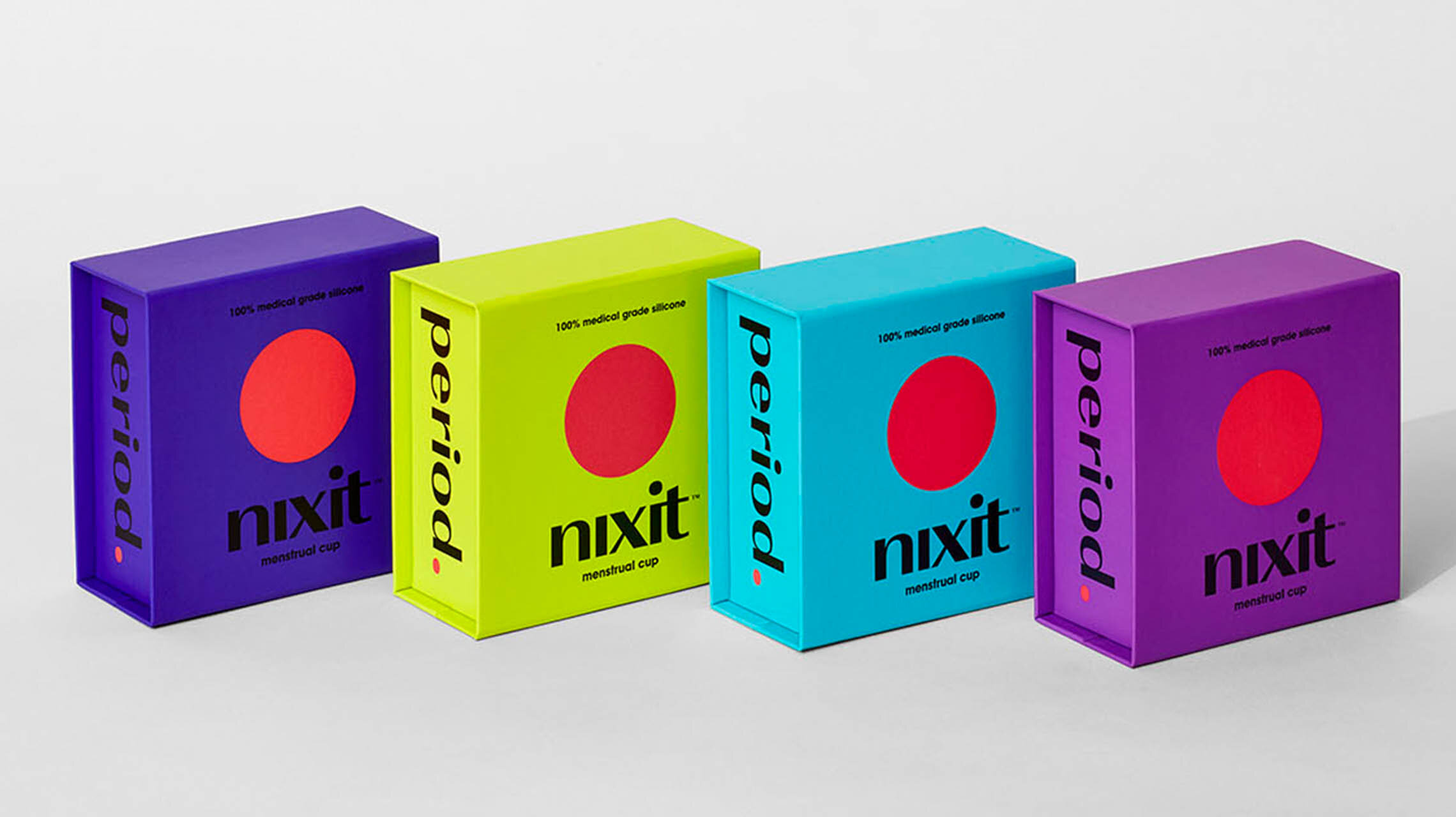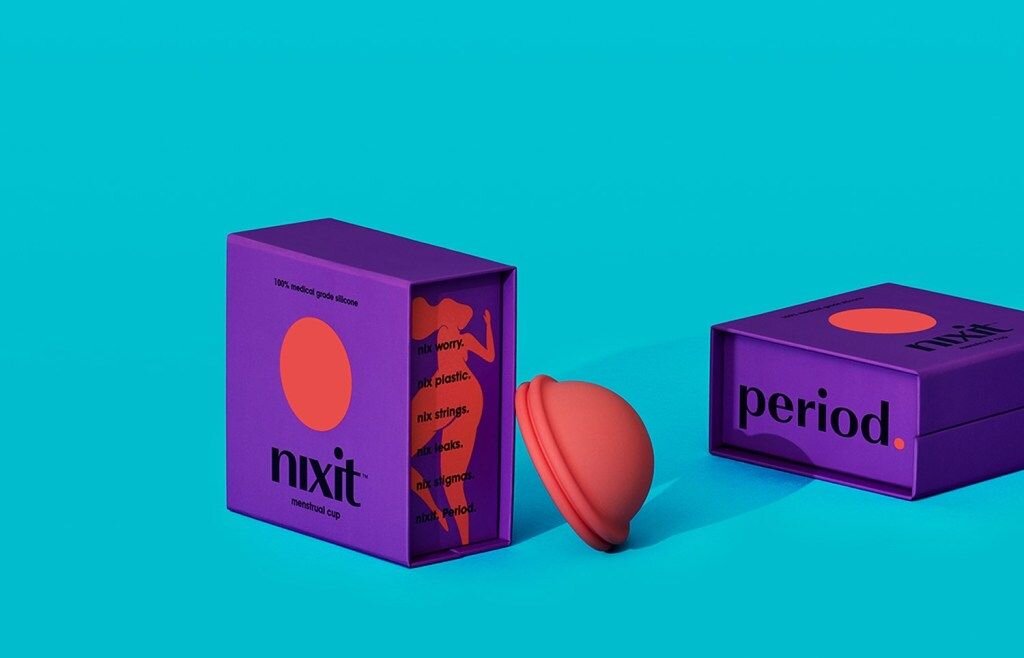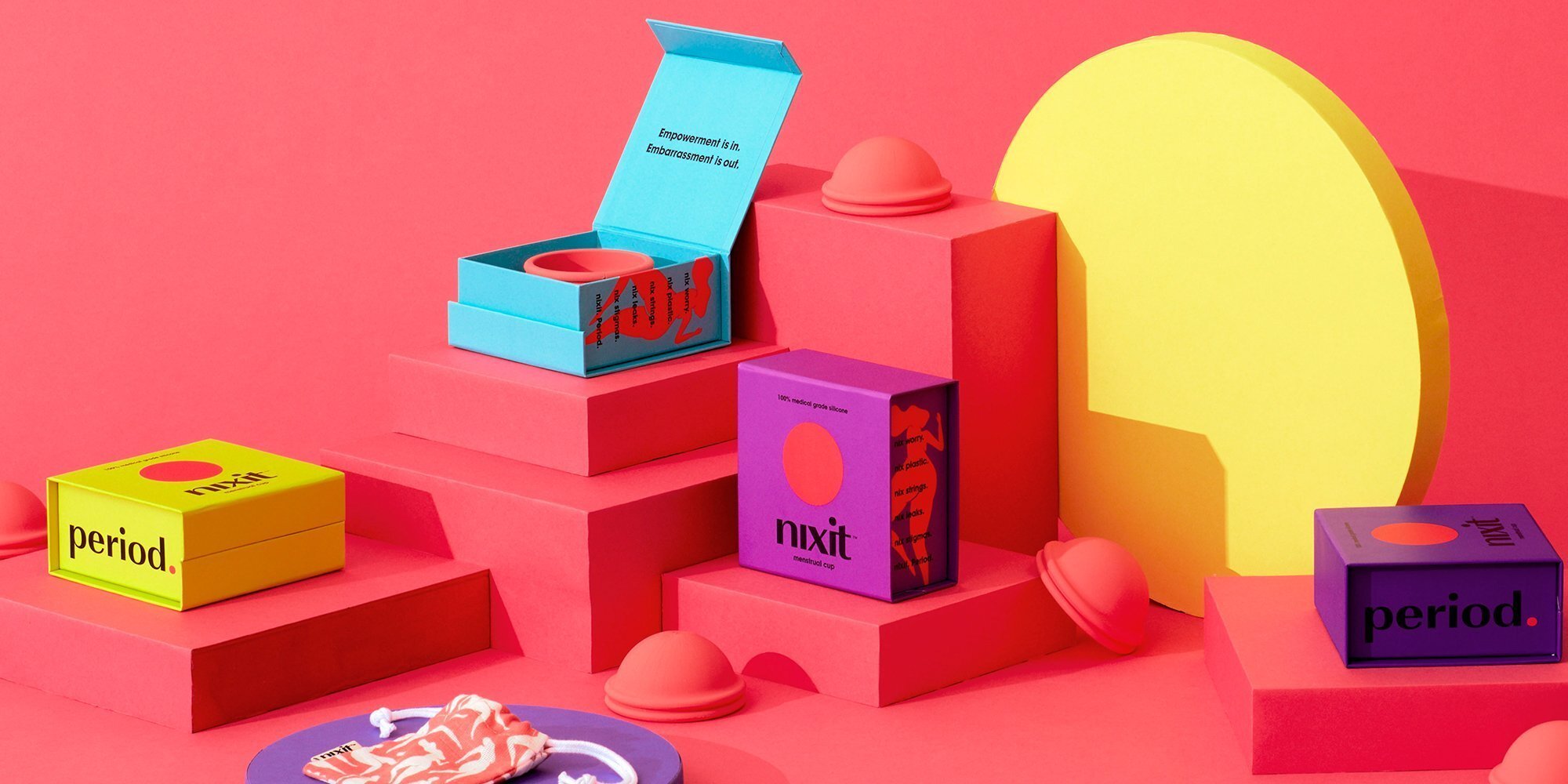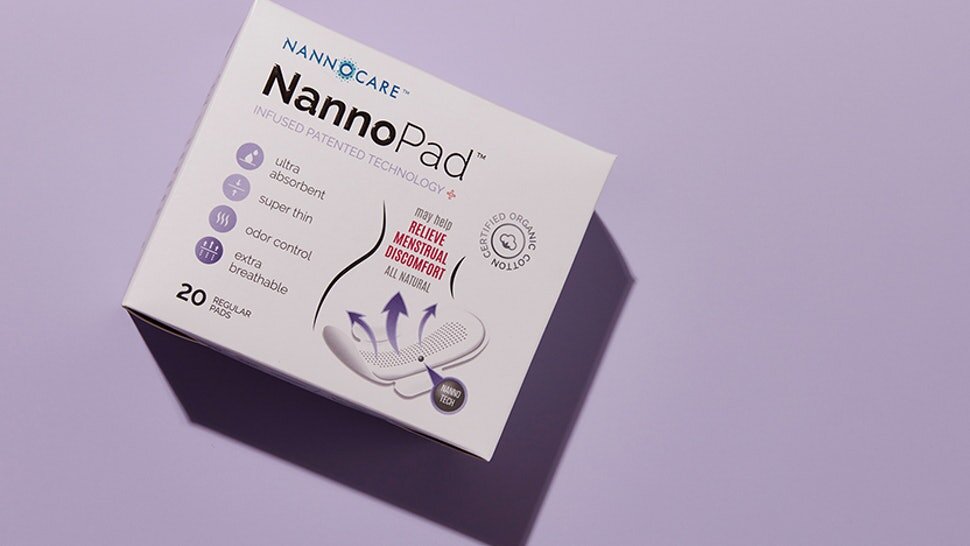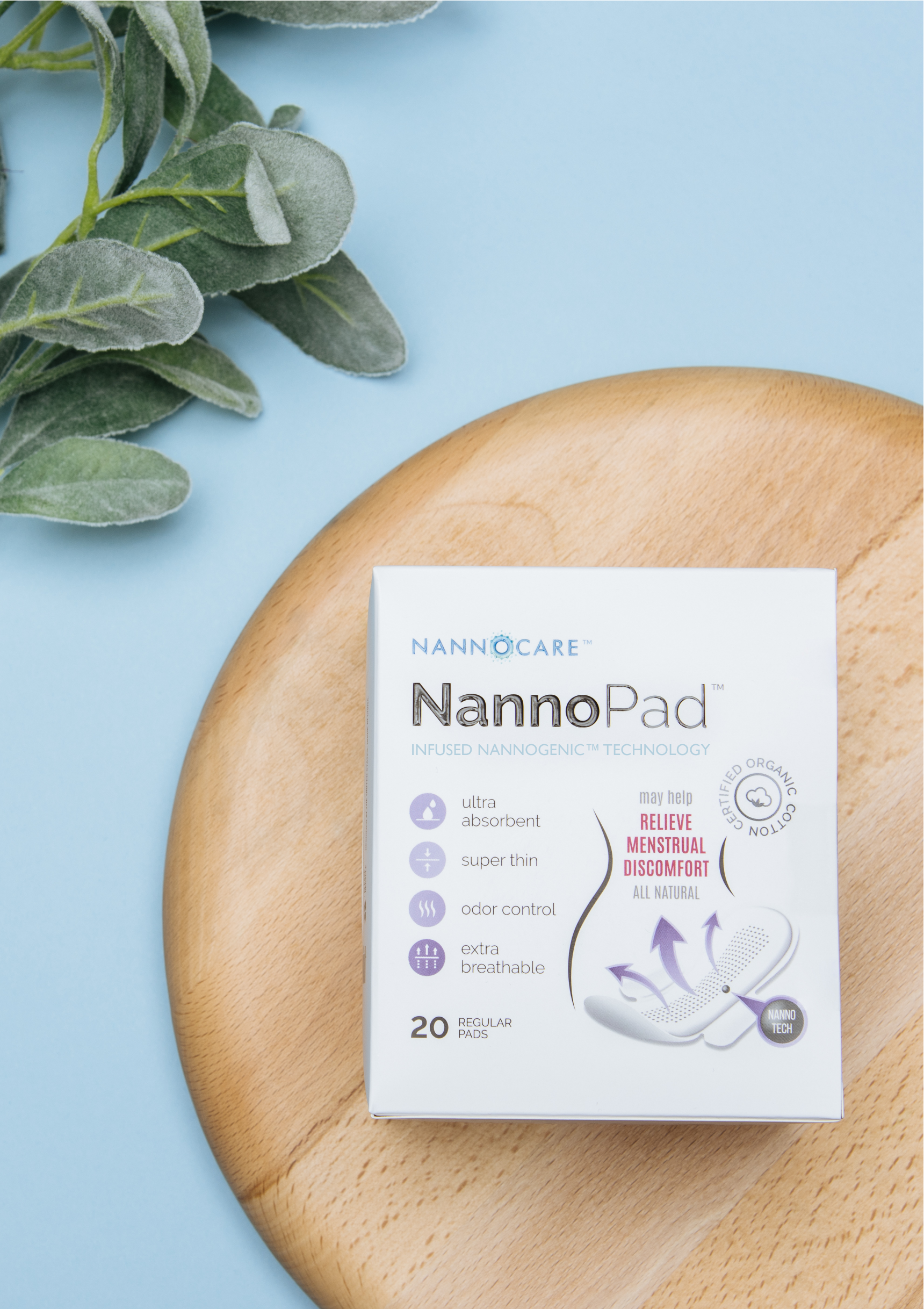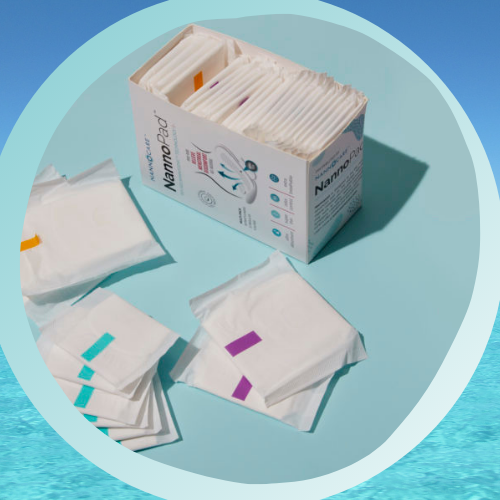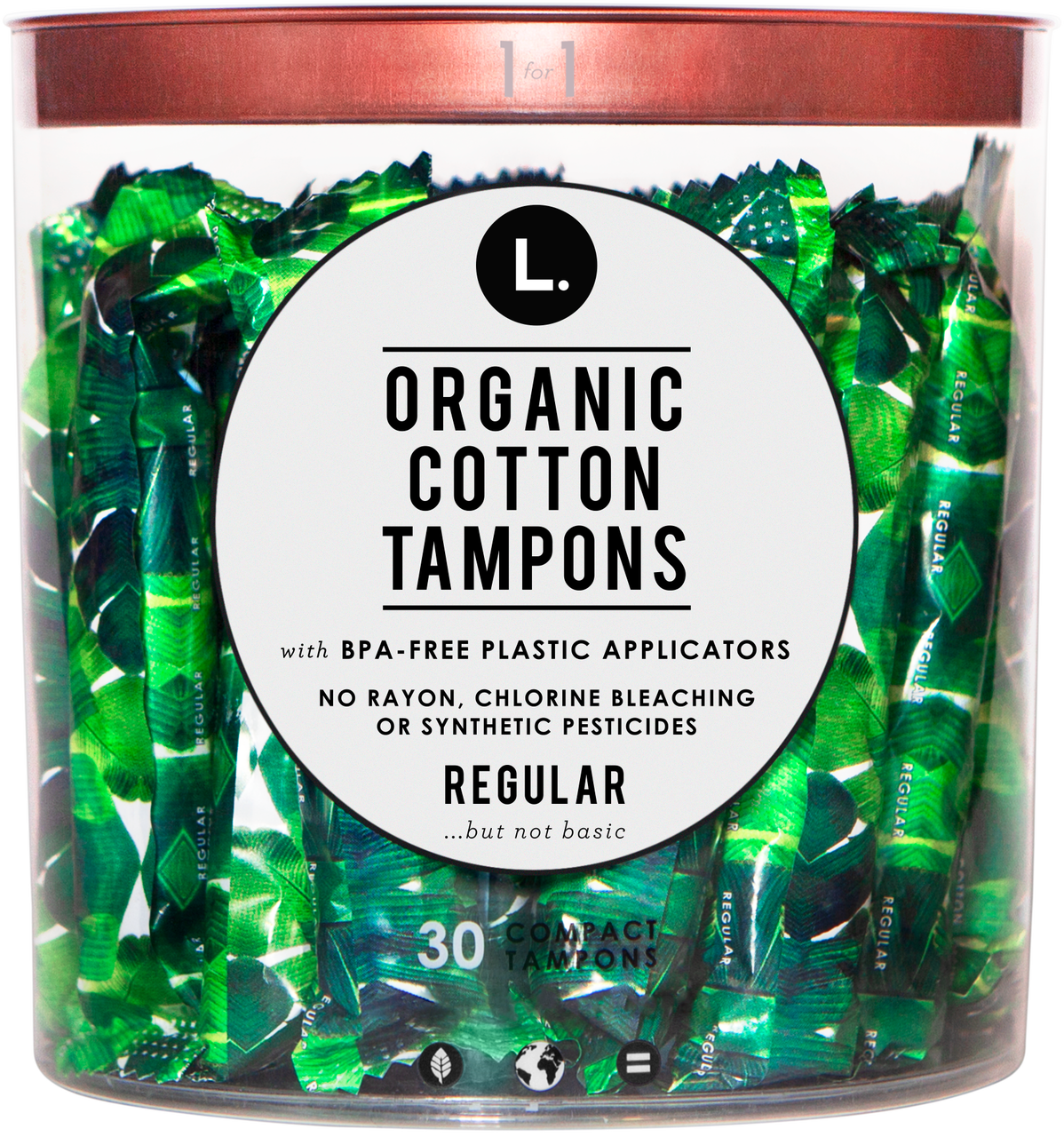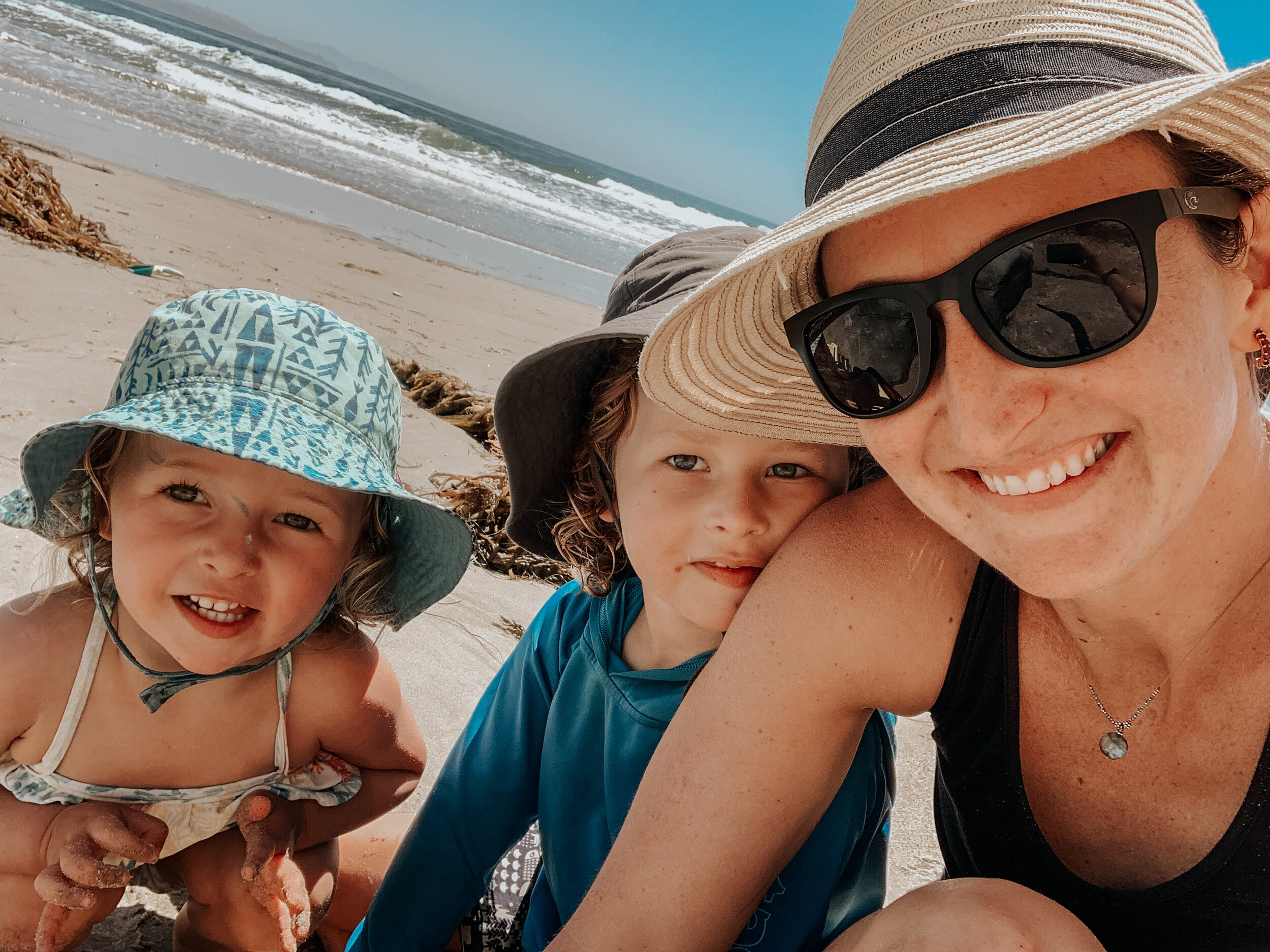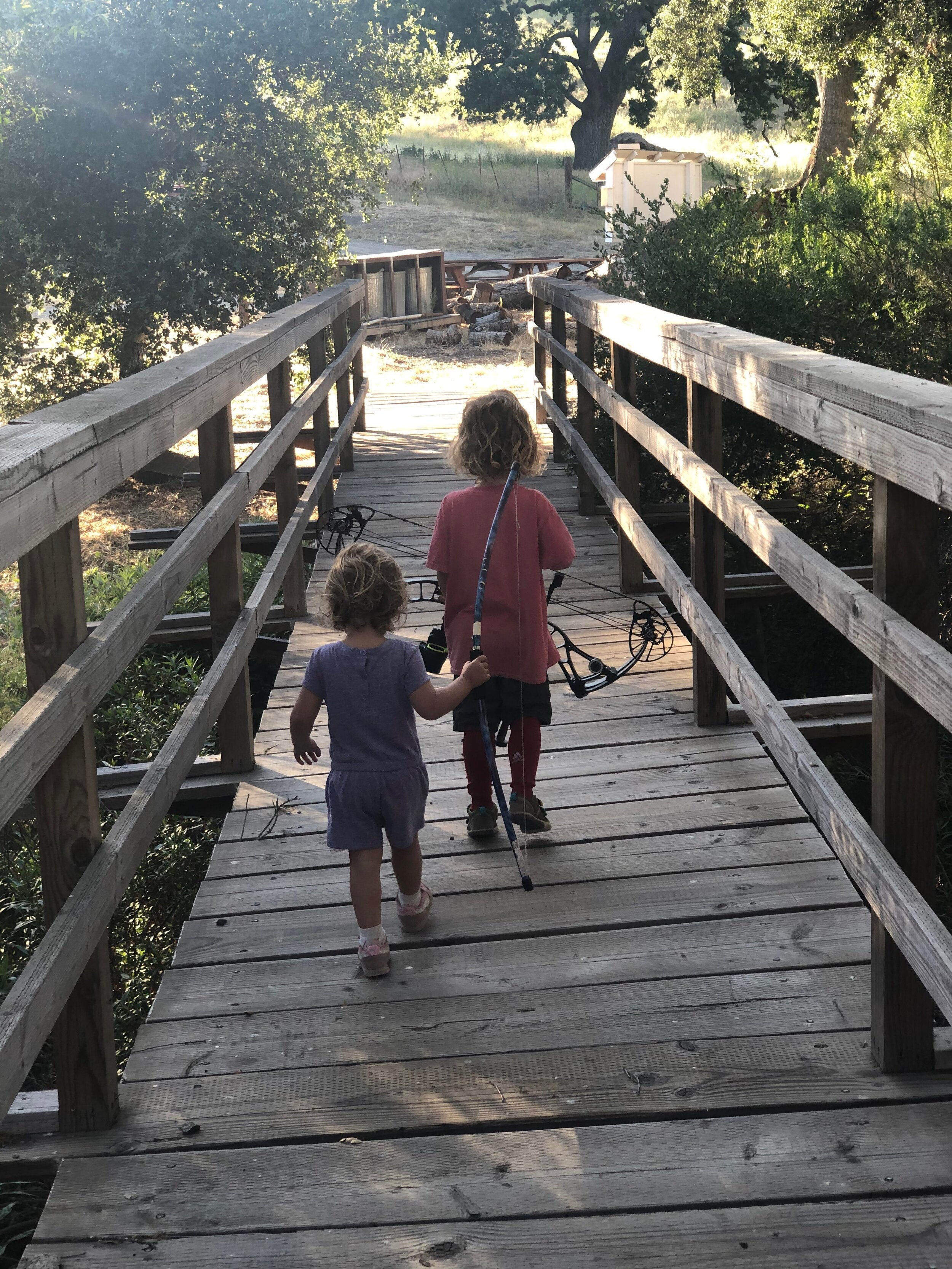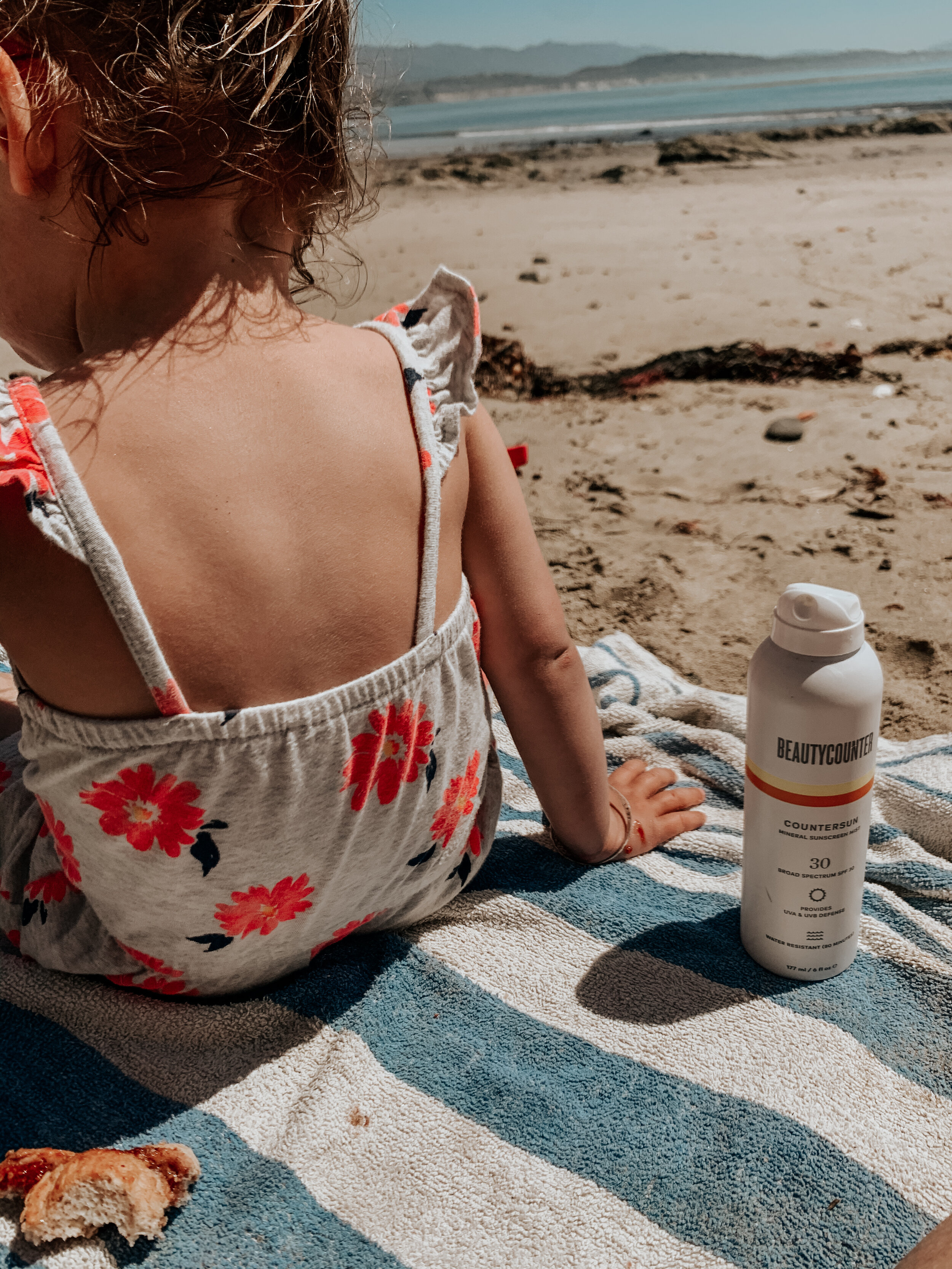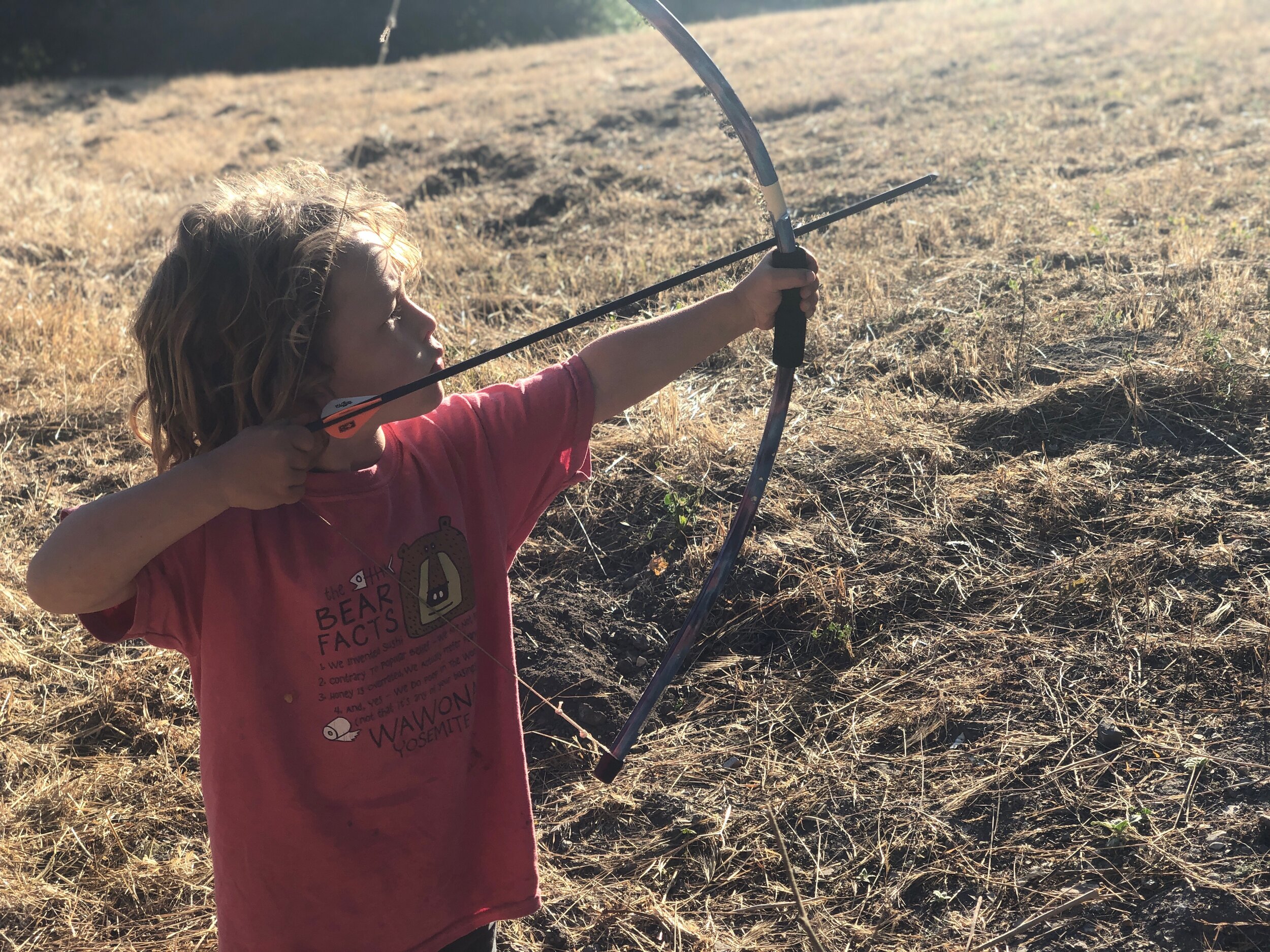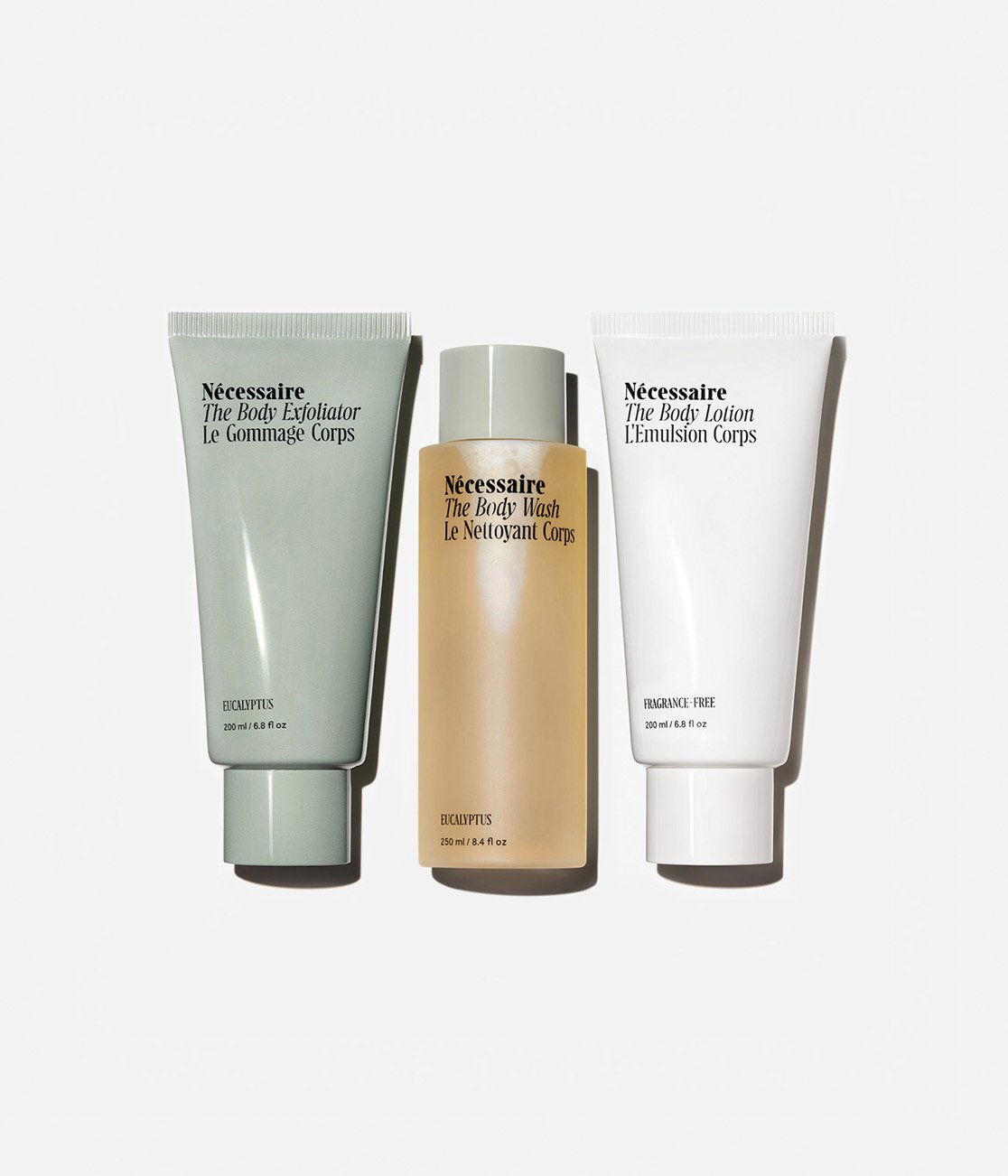Hi everyone, by now you might be aware that I’m a bit of an environmental nerd and enjoy geeking out about renewable energy and sustainability in general. So I’ll cut to the chase, today we’ll be discussing solar energy aka how our radiant sun is able to power our homes, businesses, communities and beyond! I partnered with Sunrun, a company that wants to help make solar energy a viable, more sustainable, option through empowering + educating their customers so you can join your neighbors in creating a shared economy for clean energy that’s a legacy for your community and family
How lovely is it that despite the ups and downs in life, the sun will rise each day. Sunshine is not only one of life’s constants, it’s also a powerful renewable energy source that can power our households and communities through the use of solar energy. Solar power works by converting the light from the sun into electricity (which is so cool!!), sunshine is so powerful that it not only contributes positively to our wellbeing but when used as an energy source, can be much better for the environment and less expensive.
So how exactly does solar power work? Here’s a helpful Breakdown
A helpful graphic from: https://www.whe.org/blog/a-glimpse-into-how-solar-panels-work.html
What about environmental impact? There are many different ways that you can measure the positive environmental impact of your Sunrun home solar system. Here are just a few:
Sunrun systems have produced 7.4 billion kilowatt hours of clean energy since 2007
Those systems have helped offset 5.2 million metric tons of carbon since 2007
That is the equivalent to negating 13 billion miles driven by an average passenger vehicle
Or 882,000 homes' electricity use for a year
So, should you make the switch to solar? If you’re in a position to do so, absolutely! Sunrun is helping make solar energy more accessible for everyone. To learn more, check out their website here
xo Leah







